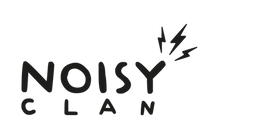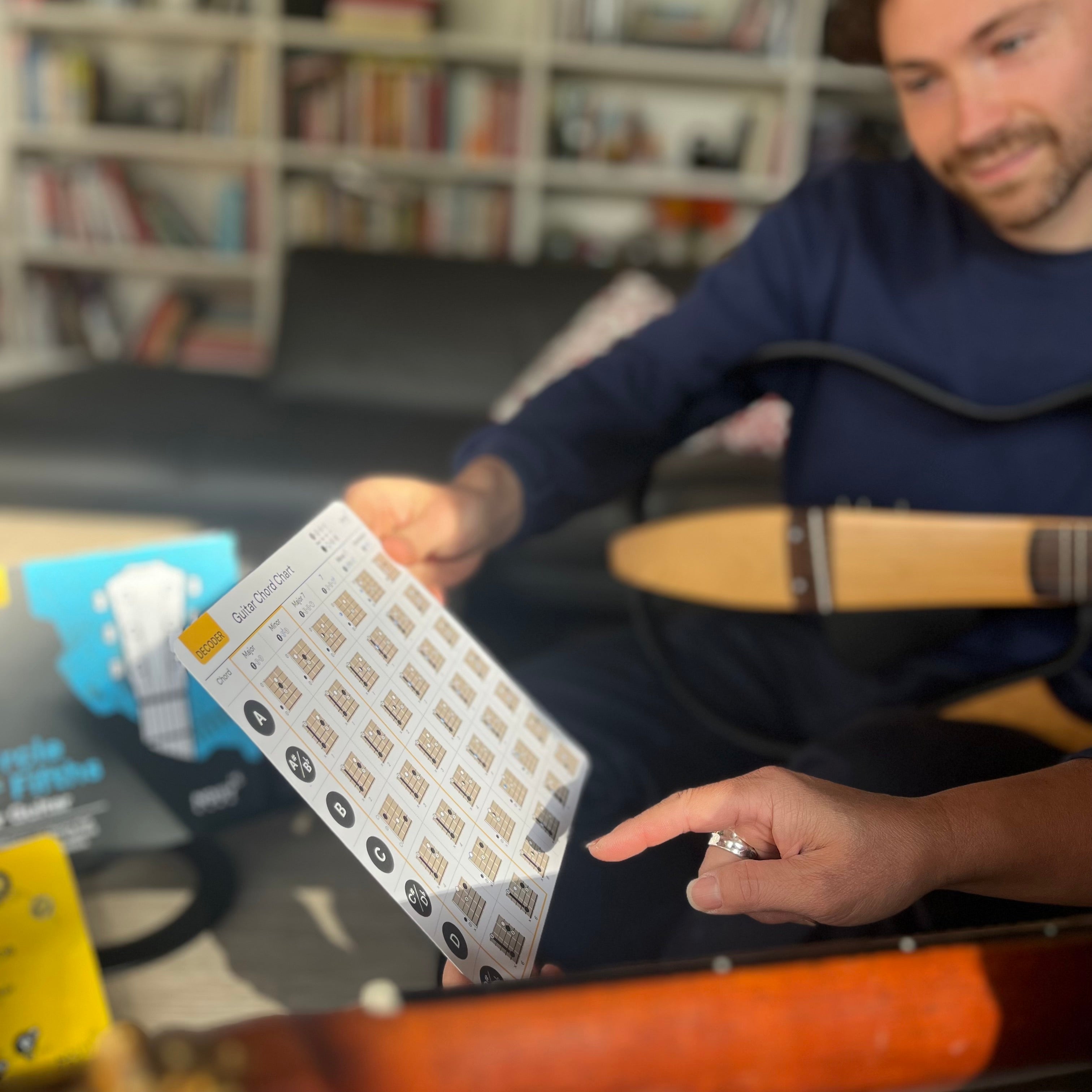Learning to play the guitar is an exciting and rewarding journey. Whether you're a complete beginner or someone looking to brush up on their skills, understanding how to use a guitar chord chart is a crucial step in your musical exploration. Essentially this blog will be your holy grail to unlocking your inner Jimi Hendrix … or just simply being able to move from one chord to the next without plucking an eye out or breaking a string. So we’re going to run over the basics, what chord charts are, how to read them, and how to apply these skills to your playing.
Understanding the Basics
The layout:
A typical guitar chord chart consists of six vertical lines, each representing a string on the guitar. The left is the thickest, lowest string - the 6th, low E string. The horizontal lines represent the frets.
For example, this is D Major:

However (to make this slightly more complicated), Noisy Clan’s Guitar Chord Chart reverses everything I just said. So the strings are represented horizontally, and the frets vertically. The reason for this is simple, it just feels easier to read.
Anatomy of Noisy Clan’s Chord Chart:

Another important aspect I should acknowledge is that our chord chart (purposefully) does not show the finger position for each chord. We believe showing the actual structure of the chord gives extra value. As a result, we are teaching you how and why it works, not just to play chords that sound nice.
How to Read a Chord Chart
Now that we've covered the basics, let's delve into the process of reading a guitar chord chart.
- Circles to the left of the nut are open strings, circles to the right of the nut, on the fretboard, should be fretted.
- The dots correlate to which chord you need to play.
- Barre Chords: A barre chord is a chord which involves the index finger barred across five or six strings at the same fret, essentially creating a new nut. So all the chords using a barre chord will not have a nut in the graphic. For example, here is B Major:

- The X symbol. An “X” next to a string indicates that the string should be muted when strumming a chord. To mute a string, you fret a note on a string but lay your finger down slightly flat. This way, it barely touches and mutes the following strings - be careful with your picking/strumming hand (right hand if you're right handed) and not strum the strings that are muted. The muted strings are either above or below the string you're fretting. For example, here is the C Major Diminished Chord:

Two Ways to Use Noisy’s Chord Chart:
- The first way to use it as a reference tool to play a particular chord. For instance, if you want to play B minor you would find this chord in the table and fret the notes shown.
-
The second way is to look at the symbols shown in the circles in order to understand the structure of different chords. The major chord is made up of three notes (some are repeated in the chord) 1 - 3 - 5.
1 is our root note, denoted as a solid black circle. 3 is the third note in the major scale for each key, and 5 is the 5th note in the major scale for each key. When played together we get a major chord. The 3 is denoted with an outlined circle, and the 5 is denoted with a lightning bolt in a circle.*
The other types of chord e.g. minor/diminished/7 are shown in relation to the major chord. For example, to make a chord minor we must flat the 3. We highlight this by making the symbol blue. This principle applies to the rest of the chords, and you can follow the chord formulas at the top of the table to keep you right.
*This only applies to those who have version 1 of the chord chart. To those who have version 2, there is less deciphering necessary as we have updated the chord chart to have the related numbers, rather than symbols.
Tips for Effective Practice
Now that you know how to decipher a chord chart, let's explore some tips for effective practice.
1. Start with Basic Chords:
For beginners, starting with basic chords such as C, G, D, and E minor, is a great starting point. These foundational chords are widely used in countless songs and provide a solid base for your guitar playing journey. Starting with three fingered chords is easier than four … it’s one less finger to think about!
2. Take it Slow:
Practice transitioning between chords slowly at first, ensuring that each finger is in the correct position. Gradually increase your speed as you become more comfortable with the chord changes.
3. Practice Transitions:
Smooth transitions between chords are essential for fluid playing. Work on switching between chords in your chosen progression, paying close attention to any tricky transitions. Practice moving from one chord to another until the shift feels seamless. This is why it is great to start with easier chords!
4. Play along to songs:
Apply what you've learned by playing along with your favourite songs. Use chord charts to identify the chords used in a song and practise playing them in the correct sequence. This practical application will reinforce your understanding and it is a great way to find the rhythm and stay on beat.
One great app for this is Ultimate Guitar: Chords & Tabs. You can adjust the speed, and the archive of songs to play along to is endless.
Learning to use a guitar chord chart is a key skill for any aspiring guitarist. With a solid understanding of the basics, decoding chord symbols, and regular practice, you'll be strumming your favourite songs in no time. So, grab your guitar, dive into the world of chord charts, and let the music flow!
And if you haven’t already, grab your free Noisy Clan Chord Chart here! What are you waiting for?!





